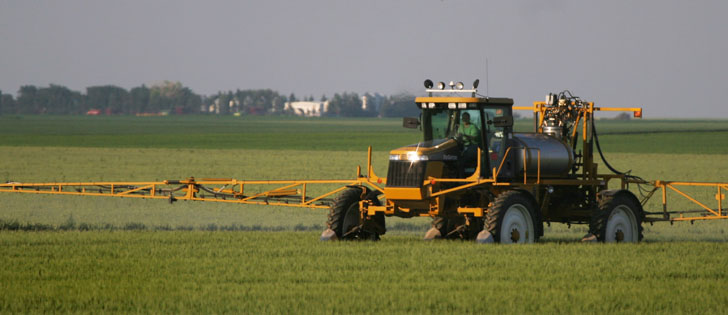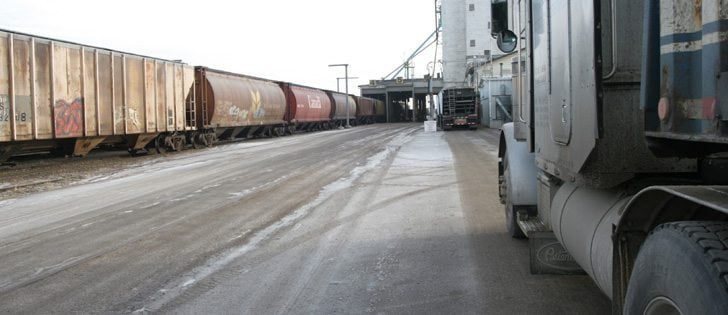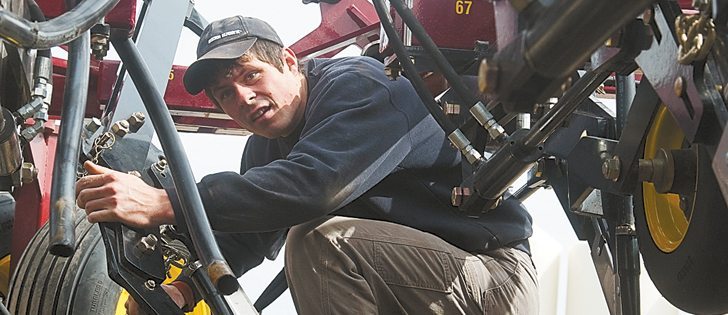The next generation of farm programs is backward looking and not designed to tackle future challenges, says a food policy analyst.
It is also being designed with little information about the performance of past and current programs.
Bob Seguin, executive director of the George Morris Centre in Guelph, Ont., said federal and provincial agriculture ministers who agreed in July on the principles of the new five-year Growing Forward 2 policy framework are basing them on a 10-year-old model that is too centred on farm income with too little analysis of how it has worked.
Read Also

Canola oil transloading facility opens
DP World just opened its new canola oil transload facility at the Port of Vancouver. It can ship one million tonnes of the commodity per year.
He said there has been little study of whether the cornerstones of the agricultural policy framework and Growing Forward 1 have worked for the industry.
And despite the new emphasis on research and innovation, there was no indication at the ministers’ meeting in New Brunswick that science investment has been working for the industry or that priorities will be set.
“We’re trying to do everything – safety nets, marketing, environment, science and innovation,” said Seguin.
A particular flaw in the current process is that ministers are not taking into account that government finances and deficits will limit money available for programs, he said.
“We have to look at trade-offs and that means should we spend as much on safety nets because that restricts peoples’ ability to do things on innovation or the environment? I just don’t see any indication that ministers are willing to make trade-offs.”
He said markets, consumer preferences, the local food movement, scientific advances and farm income conditions all have changed in recent years, but the policy framework is not adjusting.
The result is that the next agriculture policy framework will continue to direct most of its spending to business risk management programs.
“It’s where the bulk of the money is spent and there is no indication of any major re-allocation of money, no suggestion we move money from one priority to another. They seem content to play on the edges.”
Seguin’s major criticism, included in an analysis of the Growing Forward 2 discussions published by the George Morris Centre, is that ministers are agreeing to create a new five-year plan by tweaking the existing plan without a serious analysis of how it has worked.
“Within the Growing Forward policy framework, there must involve a more complete analysis and fuller discussions of the effectiveness of the Growing Forward suite of programs, at both levels of government,” he wrote.
“This analysis must go beyond simply expenditure levels and total program participation.”
He said spending on all programs should be assessed for its effectiveness.
“Are research dollars really driving the innovation that is required? I don’t know,” he said.
“I haven’t seen any analysis which tells me that.”
















